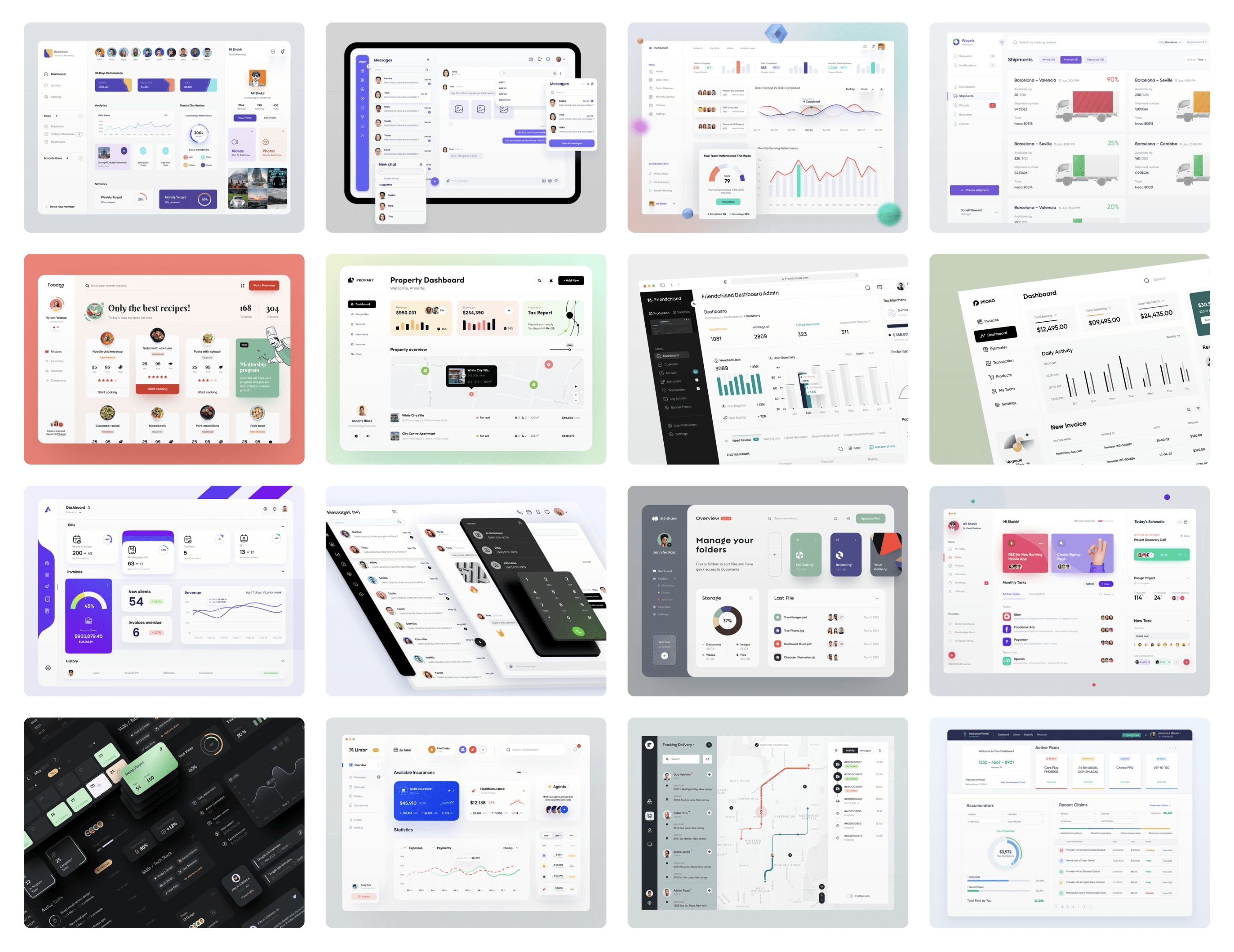Good Design
What constitutes “good design”? Is this good design? (Image courtesy of Klizos.)

Design is about purpose and intent. To answer, “Is this good design?” We must also answer: good for who?
For the person who wants to prevent you from unsubscribing, this is “good design”. The design assigns a function which follows purpose and intent.
For the person who wants to unsubscribe, this is devilishly bad design.
Hence the question: good design, but for who?
As another — oft discussed — example: look at all those product design shots on Dribbble. Do they represent “good design”?

Again, one must ask: good for who? Based on what purpose and intent?
If these shots are designed to garner attention, be visually appealing, get likes, and increase visibility for their creators — and do it — you can argue they constitute “good design”.
If they are designed as a UI solution to a problem for end users, who knows? It’s hard to know whether a static picture depicting dynamic software helps a real-world human achieve a particular goal.
“Good design” hinges not only on knowing intent, but knowing whose intent.
Is the intent to solve a problem for the user of a piece of software? Or is the intent to solve a problem for the owner of the software? Interests don’t always overlap.
In such cases, stating a priority of constituencies can be a vital tool. Where interests overlap, everyone wins. However, where interests diverge or stand in tension, a stated priority of constituencies helps define and evaluate the “good” in “good design”.